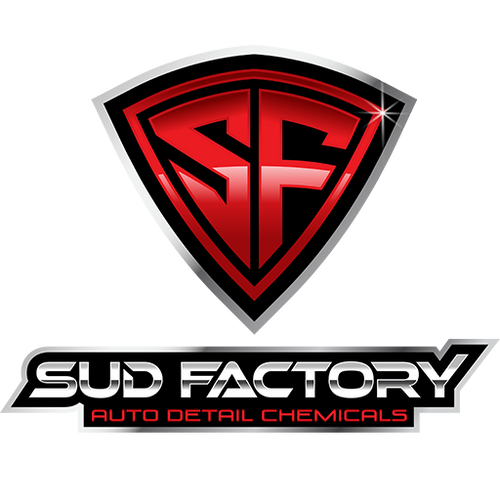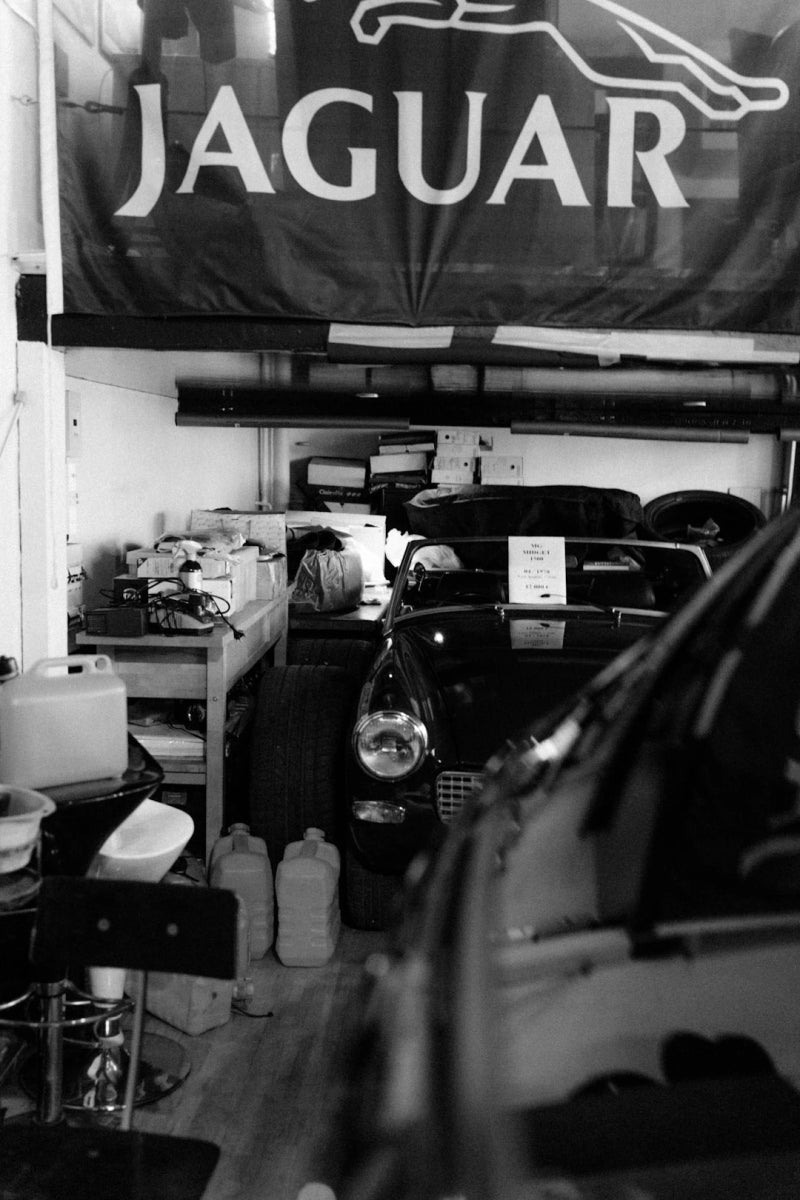Overview
This blog provides effective strategies for tackling stubborn stains, categorized into water-based and oil-based types. It includes tips for identifying stains, essential tools for removal, and methods for treating specific stains like ink, dye, and rust. Additionally, it emphasizes preventive measures to avoid future stains and encourages readers to embrace cleaning challenges with the right tools and techniques.
Frequently Asked Questions
1. What are the two main types of stains mentioned in the article?
2. What should you do immediately after a water-based stain occurs?
3. How can you tackle oil-based stains effectively?
4. What is the recommended method for removing ink stains?
5. What preventive measures can be taken to avoid future stains?
Cleaning can often feel like a never-ending battle, especially when it comes to stubborn stains. From spilled coffee on your favorite shirt to grease stains on your sofa, the challenges presented by these blemishes can be frustrating. However, with the right strategies and a reliable multi-surface cleaner, tackling these stains can become a breeze. In this article, we’ll share tips for removing stubborn stains effectively, ensuring you keep your spaces clean and inviting.
The Science Behind Stains
Understanding what causes stains is key to successfully removing them. Stains can be categorized into two main types: water-based and oil-based stains. Water-based stains typically come from beverages, food, or sweat, while oil-based stains come from products like grease, makeup, or lotion. Knowing the type of stain you're dealing with will guide your cleaning efforts.
Identifying Stains
Before you reach for your multi-surface cleaner, it's essential to identify the stain type. Here’s a basic guide:
- Food and Drink: Coffee, juice, wine, and sauces.
- Grease and Oils: Cooking oil, butter, lotions, and makeup.
- Ink and Dye: Pen marks, colored fabrics, or paint.
- Rust: Metal objects that have oxidized.
Essential Tools for Stain Removal
To effectively combat stains, having the right tools on hand is crucial. Here’s a handy checklist:
- Absorbent Cloth: Microfiber cloths are best for blotting.
- Soft Brush: Ideal for scrubbing away stubborn grime.
- Bucket: Useful for mixing cleaning solutions.
- Spray Bottle: Perfect for applying your multi-surface cleaner.
- Stain-Specific Removers: Sometimes, having a targeted stain removal solution is beneficial.
Tips for Tackling Different Types of Stains
Water-Based Stains
For stains from food, drinks, or sweat, here’s how to tackle them:

- Act Quickly: The sooner you address a water-based stain, the better your chances of removal. Blot the stain with a clean cloth to absorb excess liquid without rubbing it.
- Cold Water Rinse: Rinse the stained area with cold water to dilute the stain. Avoid hot water as it can set the stain.
- Use a multi-surface cleaner: Apply it directly onto the stain and blot with a cloth until the stain lifts.
Oil-Based Stains
Oil-based stains can be particularly tricky, but here are steps you can take:
- Blot the Stain: Use a paper towel to gently dab at the excess oil. Avoid rubbing to prevent further spreading.
- Use a Absorbent Powder: Sprinkle baking soda or cornstarch on the stain and let it sit for 15-20 minutes to absorb oil. Once the powder has set, gently brush it off.
- Apply a multi-surface cleaner: For any remaining traces, apply your cleaner as directed and scrub gently with a soft brush.
Specialty Stains: Ink, Dye, and Rust
Ink Stains
Ink stains require a different approach due to their strong pigmentation:
- Don’t Wet the Stain: Instead of water, use rubbing alcohol or hand sanitizer. Blot the stain gently with a cloth soaked in this solution.
- Follow Up with a multi-surface cleaner: After removing the ink, clean the area with your cleaner to ensure no residue remains.
Dye Stains
Dyed fabrics can lose their pigment when the dye transfers. Here’s how to manage those pesky stains:
- Cold Water Soak: Immerse the stained fabric in cold water as soon as possible.
- Use a Color Remover: If the dye transfer is substantial, a diluted color remover can be helpful. Always test on a small inconspicuous area first!
- Rinse and Clean: After stain removal, clean the area with your multi-surface cleaner to maintain the texture and avoid any remnants of the dye.
Rust Stains
Rust stains can be a nightmare, especially on clothing and upholstery:
- Citrus Juice or Vinegar: Apply to the rust stain and let it sit for a few minutes. These acidic solutions help break down rust.
- Scrub Gently: Use a soft brush to scrub the stain, taking care not to damage the fabric.
- Final Clean with multi-surface cleaner: Ensure there are no traces of vinegar or lemon juice left on the fabric by thoroughly cleaning with a multi-surface cleaner.
Preventive Measures to Avoid Future Stains
While knowing how to remove stains is essential, preventing them is even better. Here are some quick tips:
- Use Coasters: To avoid drink rings on furniture, always place coasters under beverages.
- Protective Covers: Invest in couch covers or slipcovers that can be washed easily.
- Regular Cleaning: Keep your home clean regularly using a multi-surface cleaner to minimize grime buildup.
Embrace Your Cleaning Challenges!
With these tips, tackling stubborn stains doesn’t have to send you into a cleaning frenzy. Every stain has a solution, and with the right tools at your disposal, you can maintain a spotless home. Use your trusty multi-surface cleaner to combat various stains, and don’t forget the preventive measures to keep your home pristine. Remember, a clean space is not just about aesthetics; it also promotes a healthy and happy environment for you and your family. Let the cleaning challenges empower you rather than discourage you, turning the mundane into an opportunity for learning and growth!
Linked Product

Elixir Multi-Surface Heavy Duty Dirt & Grime Eliminator
Elixir Multi-Surface Heavy Duty Dirt & Grime Eliminator is designed to tackle tough grease and grime on various surfaces. Its fast-acting formula effectively penetrates and removes stubborn stains, making it suitable for both home and commercial cleaning tasks. This versatile cleaner is ideal for anyone looking to simplify their cleaning routine.
View Product








